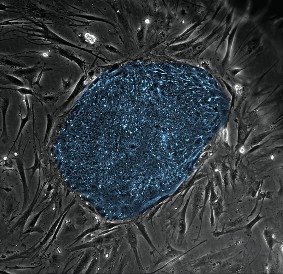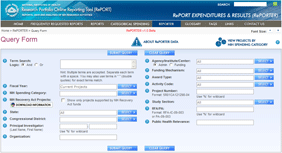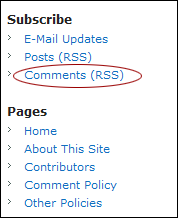If you’ve gotten funding through the American Recovery and Reinvestment Act, you know how important it is to tell people in your community that this support is having an impact. We want to hear from you, too. Your stories can help us show the American public how the Recovery Act is working to accelerate research, stimulate the economy, and create or retain jobs.
So please tell us about how this funding has helped you. The impact can be large or small, immediate or long-range. Did you hire a promising new scientist or keep someone from losing a job? Were you able to form new collaborations or purchase critical equipment? Did the Recovery Act help speed your research, enable you to make new discoveries, or advance science in other ways? For training programs, were you able to develop new curricula or other activities that you would not have been able to do otherwise?
We invite you to share your experiences now and in the future using our What’s Your Recovery Act Story? (no longer available)+ Web form. We’ll post a sampling of what you send us on our new Recovery Act Impact Web page. Check out the ones we’ve already posted there to see what your colleagues are saying.




